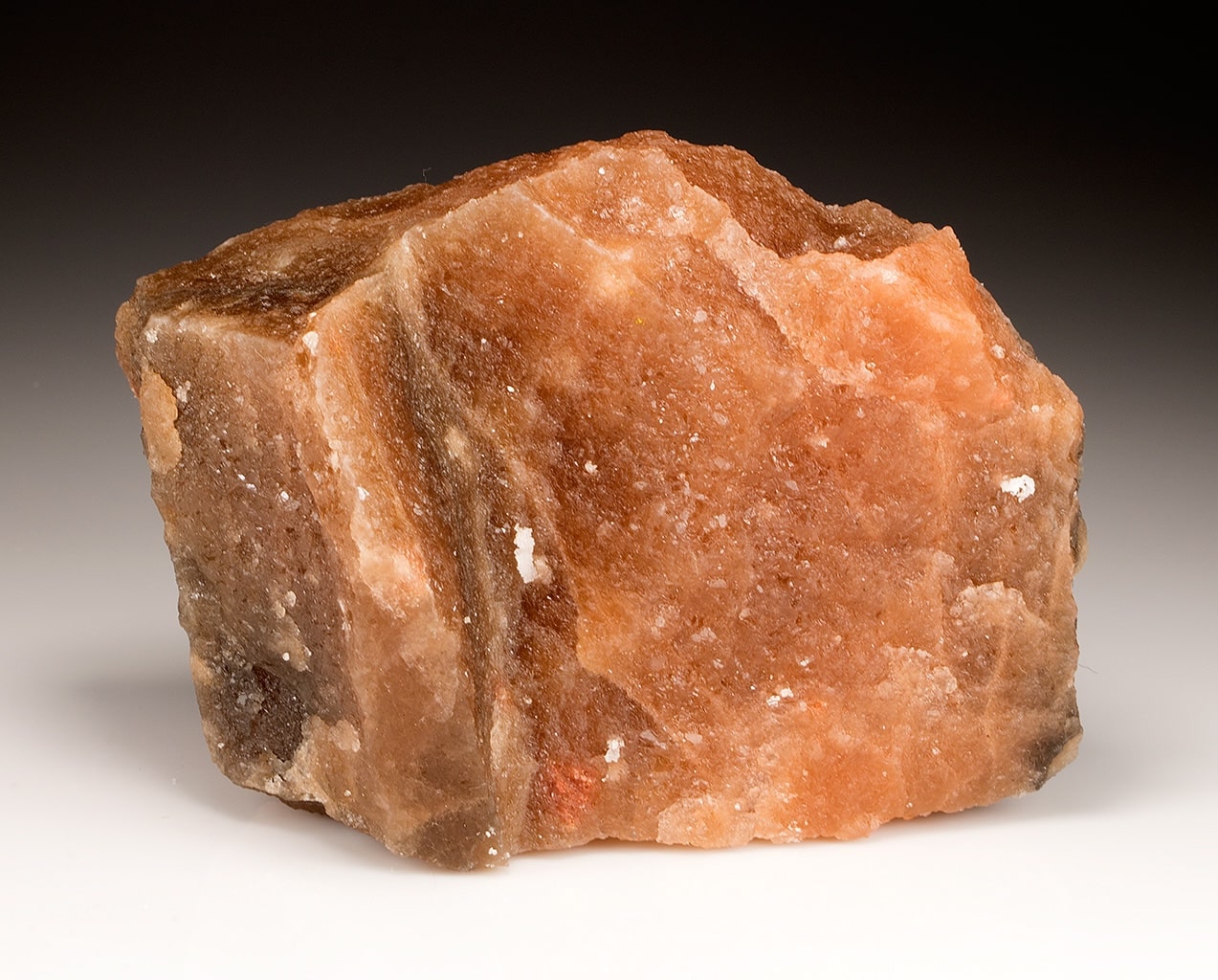
Carnallite is a fascinating mineral with a unique combination of potassium, magnesium, and chlorine. Found in evaporite deposits, it plays a crucial role in agriculture and industry. But what makes this mineral so special? Carnallite is not just a source of potassium and magnesium; it's also a key player in the production of fertilizers, which are vital for growing crops. Its vibrant colors, ranging from white to yellow to red, make it visually striking. Additionally, carnallite has a lower melting point than many other minerals, making it easier to process. Curious to learn more? Let's dive into 40 intriguing facts about this remarkable mineral!
Key Takeaways:
- Carnallite is a fascinating mineral with uses in fertilizers, de-icing agents, and even pharmaceuticals. Its unique properties make it valuable in various industries and a subject of scientific curiosity.
- Carnallite forms in evaporite deposits through the evaporation of seawater, and its extraction involves solution mining and processing to separate potassium and magnesium. Proper management is crucial to minimize environmental impact.
What is Carnallite?
Carnallite is a fascinating mineral with a unique composition and a variety of uses. Let's dive into some intriguing facts about this mineral.
- Carnallite is a hydrated potassium magnesium chloride with the chemical formula KMgCl₃·6H₂O.
- It was first described in 1856 and named after the German mining engineer Rudolf von Carnall.
- This mineral typically forms in evaporite deposits, which are sedimentary rocks formed by the evaporation of water.
- Carnallite is often found in association with other evaporite minerals like halite, sylvite, and kieserite.
- It has a glassy to pearly luster, making it visually appealing.
Physical Properties of Carnallite
Understanding the physical properties of carnallite can help in identifying and utilizing this mineral.
- Carnallite is usually colorless to white, but impurities can give it a reddish or yellowish tint.
- It has a hardness of 2.5 on the Mohs scale, making it relatively soft.
- The mineral is soluble in water, which is a key characteristic for its extraction and use.
- Carnallite has a specific gravity of 1.6, indicating it is less dense than many other minerals.
- It often forms massive to granular aggregates, rather than well-formed crystals.
Uses of Carnallite
Carnallite's unique properties make it valuable in various industries.
- It is a significant source of potassium and magnesium, essential nutrients for plant growth.
- The mineral is used in the production of fertilizers, particularly potash fertilizers.
- Carnallite is also utilized in the chemical industry to produce magnesium metal.
- It plays a role in the manufacture of certain pharmaceuticals, especially those requiring magnesium.
- The mineral is used in de-icing agents for roads and walkways during winter.
Geological Occurrence of Carnallite
Where and how carnallite forms can tell us a lot about the geological processes involved.
- Carnallite is typically found in marine evaporite deposits, which form in arid environments.
- Significant deposits are located in Germany, Russia, and the United States.
- The mineral often occurs in layers or beds within sedimentary rock formations.
- It forms through the evaporation of seawater, which concentrates the salts.
- Carnallite can also be found in salt domes, which are large underground deposits of salt.
Extraction and Processing of Carnallite
The methods used to extract and process carnallite are crucial for its commercial use.
- Carnallite is usually extracted through solution mining, where water is injected into the deposit to dissolve the mineral.
- The resulting brine is then pumped to the surface and evaporated to recover the salts.
- Another method involves underground mining, where the mineral is physically removed from the deposit.
- After extraction, carnallite is often processed to separate potassium and magnesium.
- The separation process typically involves crystallization and flotation techniques.
Environmental Impact of Carnallite Mining
Mining activities can have significant environmental impacts, and carnallite mining is no exception.
- Solution mining can lead to groundwater contamination if not managed properly.
- The evaporation process used in carnallite extraction can result in large amounts of waste brine.
- Mining operations can cause land subsidence, leading to surface instability.
- Proper management and regulation are essential to minimize environmental damage.
- Reclamation efforts are often required to restore mined areas to their natural state.
Interesting Facts about Carnallite
Here are some lesser-known but fascinating facts about carnallite.
- Carnallite can sometimes form pseudomorphs, where it replaces other minerals while retaining their shape.
- It is often used in educational settings to teach about evaporite minerals and geological processes.
- The mineral can be a collector's item due to its unique properties and appearance.
- Carnallite has been studied for its potential use in carbon capture and storage technologies.
- It can also be used in water softening processes to remove calcium and magnesium ions.
Carnallite in Popular Culture
Carnallite might not be a household name, but it has made its way into popular culture in some interesting ways.
- The mineral has been featured in geology textbooks and educational documentaries.
- It has appeared in mineral exhibitions and museums around the world.
- Carnallite is sometimes referenced in scientific literature and research papers.
- The mineral has even inspired art and jewelry, although it is not commonly used due to its solubility.
- Carnallite's unique properties have made it a subject of scientific curiosity and study for many years.
The Final Word on Carnallite
Carnallite, a fascinating mineral, plays a crucial role in various industries. From its chemical composition of potassium, magnesium, and chloride to its uses in agriculture and medicine, this mineral is more than just a rock. Its unique properties make it valuable for fertilizer production, helping farmers improve crop yields. Additionally, carnallite's role in magnesium extraction is vital for producing lightweight metals used in everything from cars to electronics.
Understanding these facts about carnallite not only broadens your knowledge but also highlights its importance in everyday life. Whether you're a student, a professional, or just someone curious about minerals, knowing about carnallite can be quite enlightening. So next time you see a bag of fertilizer or a lightweight gadget, remember the humble mineral that made it possible.
Frequently Asked Questions
Was this page helpful?
Our commitment to delivering trustworthy and engaging content is at the heart of what we do. Each fact on our site is contributed by real users like you, bringing a wealth of diverse insights and information. To ensure the highest standards of accuracy and reliability, our dedicated editors meticulously review each submission. This process guarantees that the facts we share are not only fascinating but also credible. Trust in our commitment to quality and authenticity as you explore and learn with us.


